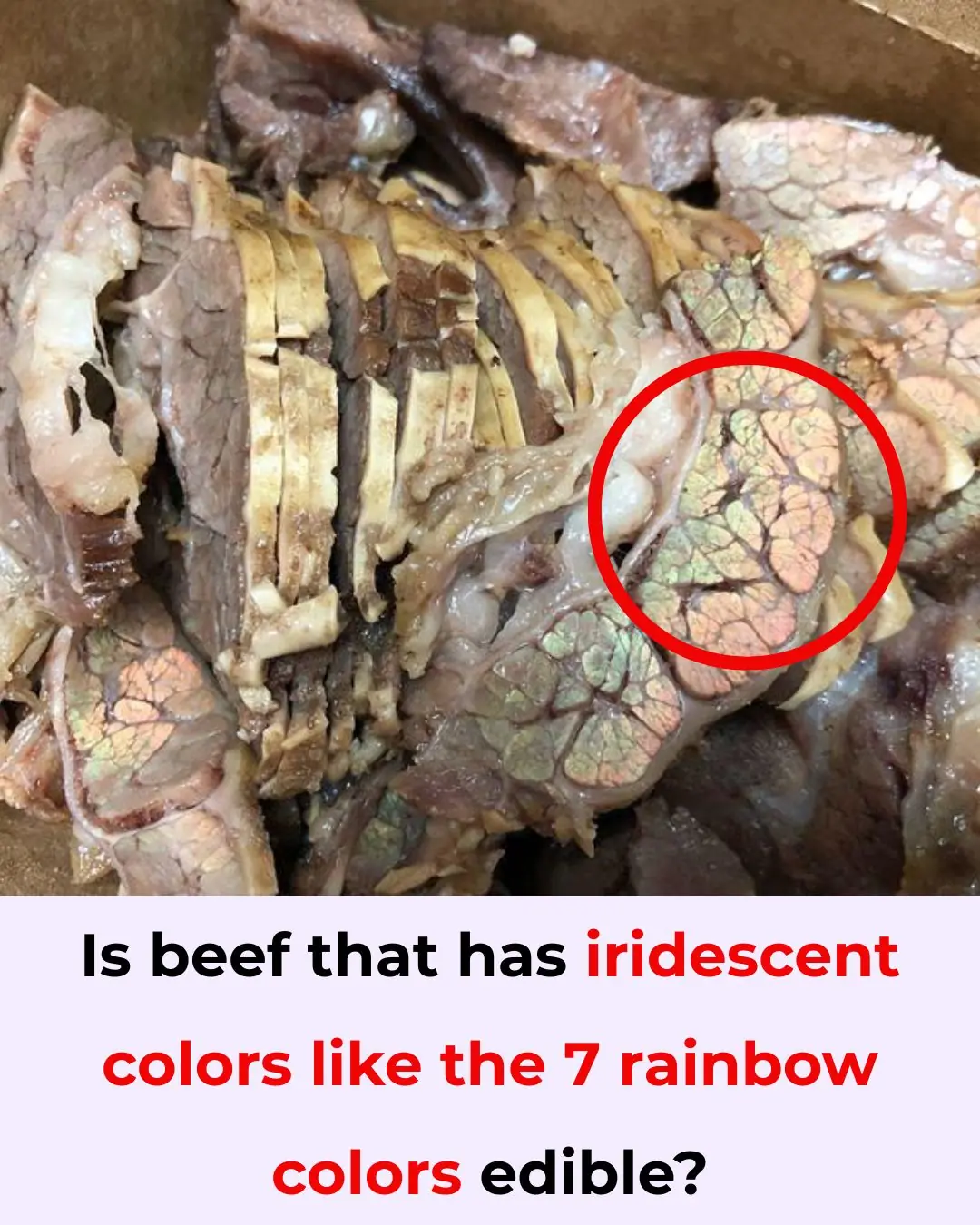
Do You Need to Unplug the Rice Cooker After the Rice Is Cooked?
![]()
Using a rice cooker correctly not only helps you enjoy delicious meals but also extends the device's lifespan. But the question is, do you really need to unplug the rice cooker after the rice is cooked?
Although almost every household owns a rice cooker, not everyone uses it properly. Whether or not you should unplug the rice cooker after the rice is done to protect the device and save electricity is still a common concern for many.
Should You Unplug the Rice Cooker After Cooking?
The answer largely depends on your own needs and priorities. If you want your rice to stay hot and fresh, it’s best to keep the rice cooker in “warm” mode until mealtime. However, if you prioritize saving energy and protecting the rice cooker, unplugging it after cooking is a good habit. It’s especially necessary to unplug the device once you’ve removed all the rice.
When cooking, the rice cooker operates in “cook” mode with high power to boil water and steam the rice thoroughly. Once the water is absorbed and the rice is cooked, the cooker automatically switches to “warm” mode, which maintains the rice’s temperature without overcooking or burning it.
The “warm” mode uses low power, just enough to keep the rice at an ideal temperature, preventing it from getting cold. This feature is convenient because it means you don’t have to eat the rice immediately after cooking.
The Benefits of Keeping the Rice Cooker Plugged In
If you leave the rice cooker plugged in, it will continue to keep your rice warm, ensuring it stays delicious for hours. This is especially useful for families who eat multiple meals throughout the day or have members coming home late. Keeping the rice warm means you don’t have to reheat it later, saving time and effort.
Moreover, the warming function helps the rice maintain its natural softness and moisture. Rice that is cooled completely and then reheated tends to become dry, hard, or lose its fluffy texture. Keeping the rice warm also helps prevent bacterial growth or spoilage, which is very important in hot and humid climates.
When Should You Unplug the Rice Cooker?
Despite the convenience of the warm mode, there are situations when unplugging is recommended. If you don’t need to keep the rice hot or have already finished eating, unplugging saves electricity. While warm mode consumes minimal power, leaving it on for many hours is still wasteful, especially if the rice is not being eaten.
Additionally, keeping the rice cooker on “warm” mode for too long—over 12 hours—can cause the inner pot to dry out and burn at the bottom, which reduces the cooker’s lifespan and affects the taste of the rice. For older or lower-quality rice cookers, continuous operation may even pose risks such as electrical short circuits or fire hazards, especially if the power supply is unstable.
Guidelines for When to Unplug Your Rice Cooker
-
After Cooking and Eating Immediately: If you plan to eat right after the rice finishes cooking, turn off and unplug the rice cooker to save energy. This is suitable for households that usually have just one meal with rice per day.
-
When Not Keeping Rice Warm for Long: If you won’t eat the rice soon, it’s better to let it cool naturally and then store it in the refrigerator. When needed, simply reheat it using a microwave or by steaming.
-
After Extended Warming: To prevent damage or burning, unplug the rice cooker if it has been on warm mode for more than 8 to 10 hours.
Tips for Proper Rice Cooker Use
Using your rice cooker properly not only ensures tasty meals but also extends the device’s life and keeps your family safe.
-
Know Your Cooker Type: High-end rice cookers often have smart warming features that adjust temperature to avoid burning. For traditional models, avoid long warming periods.
-
Dry the Inner Pot Before Cooking: Make sure the inner pot is dry to improve heating efficiency and prevent sticking.
-
Avoid Warming When Rice Is Nearly Finished: Keeping only a small amount of rice warm may cause it to burn or become dry.
-
Clean Regularly: After cooking, clean the pot and lid thoroughly to prevent moisture buildup, odors, or mold. Pay special attention to the steam vent to maintain optimal cooker performance.
Additional Advice to Maximize Rice Cooker Efficiency
To further enhance the lifespan of your rice cooker, avoid placing the cooker in humid or wet areas and never submerge the main body in water. Use the proper amount of rice and water recommended by the manufacturer to prevent overflow or damage. If you notice any unusual noises, smells, or performance issues, stop using the cooker and consult a professional.
By following these simple tips and knowing when to unplug your rice cooker, you can enjoy perfectly cooked rice every time while saving energy and keeping your device in top condition.
News in the same category


🚽 How to Remove Limescale Stains from Your Toilet Bowl — Naturally & Without Harsh Chemicals
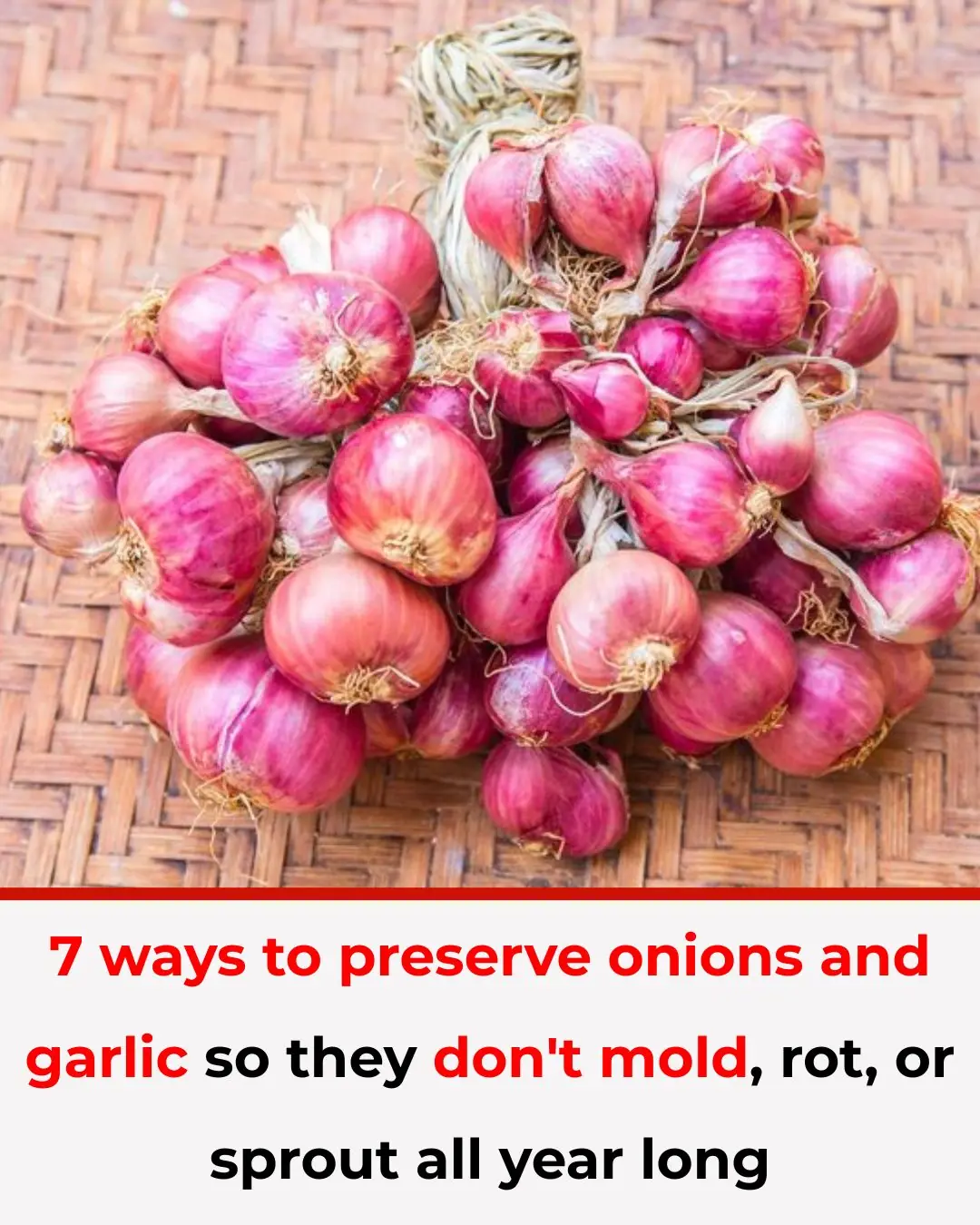
7 ways to preserve onions and garlic so they don't mold, rot, or sprout all year long
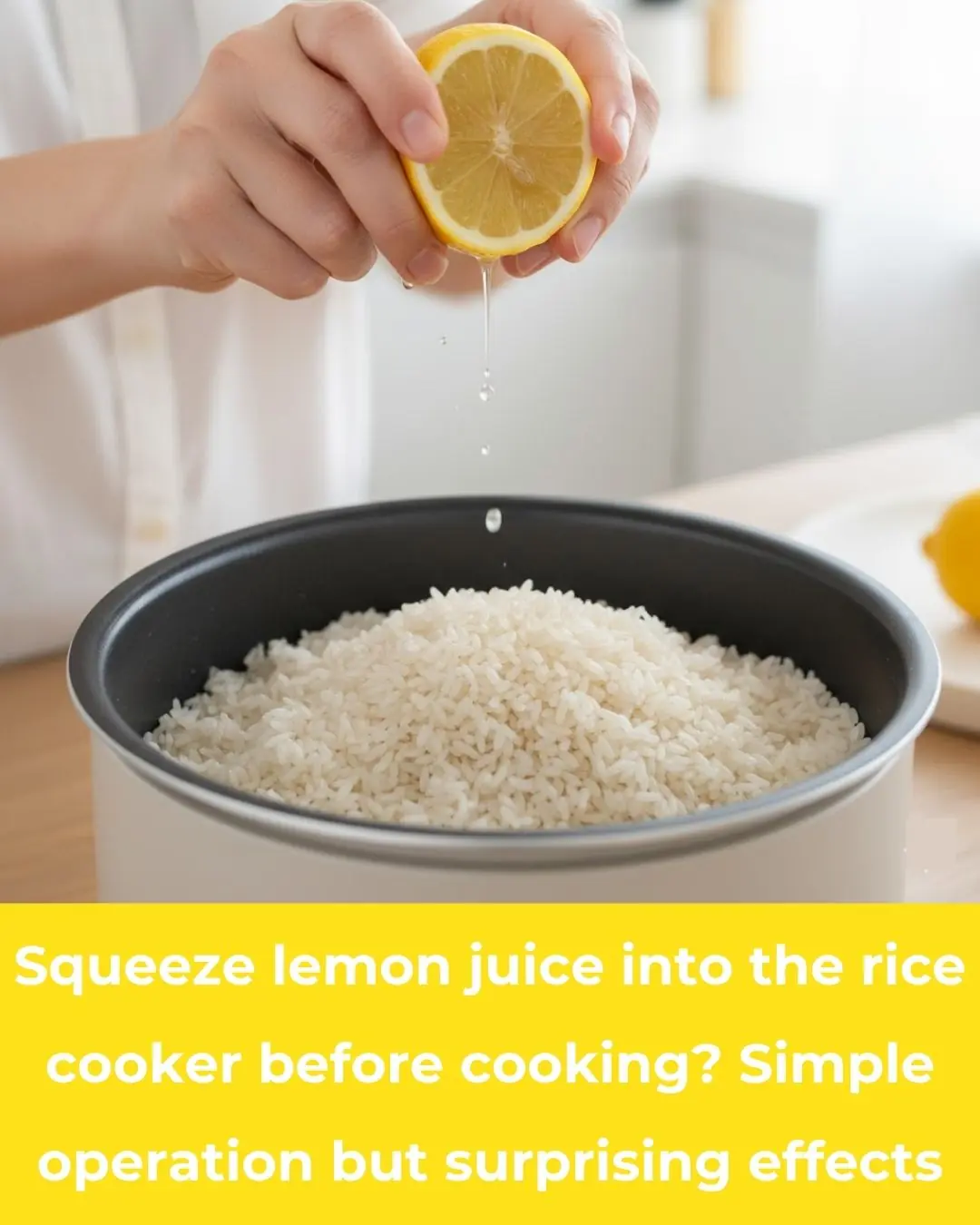
Squeeze lemon juice into the rice cooker before cooking? Simple operation but surprising effects
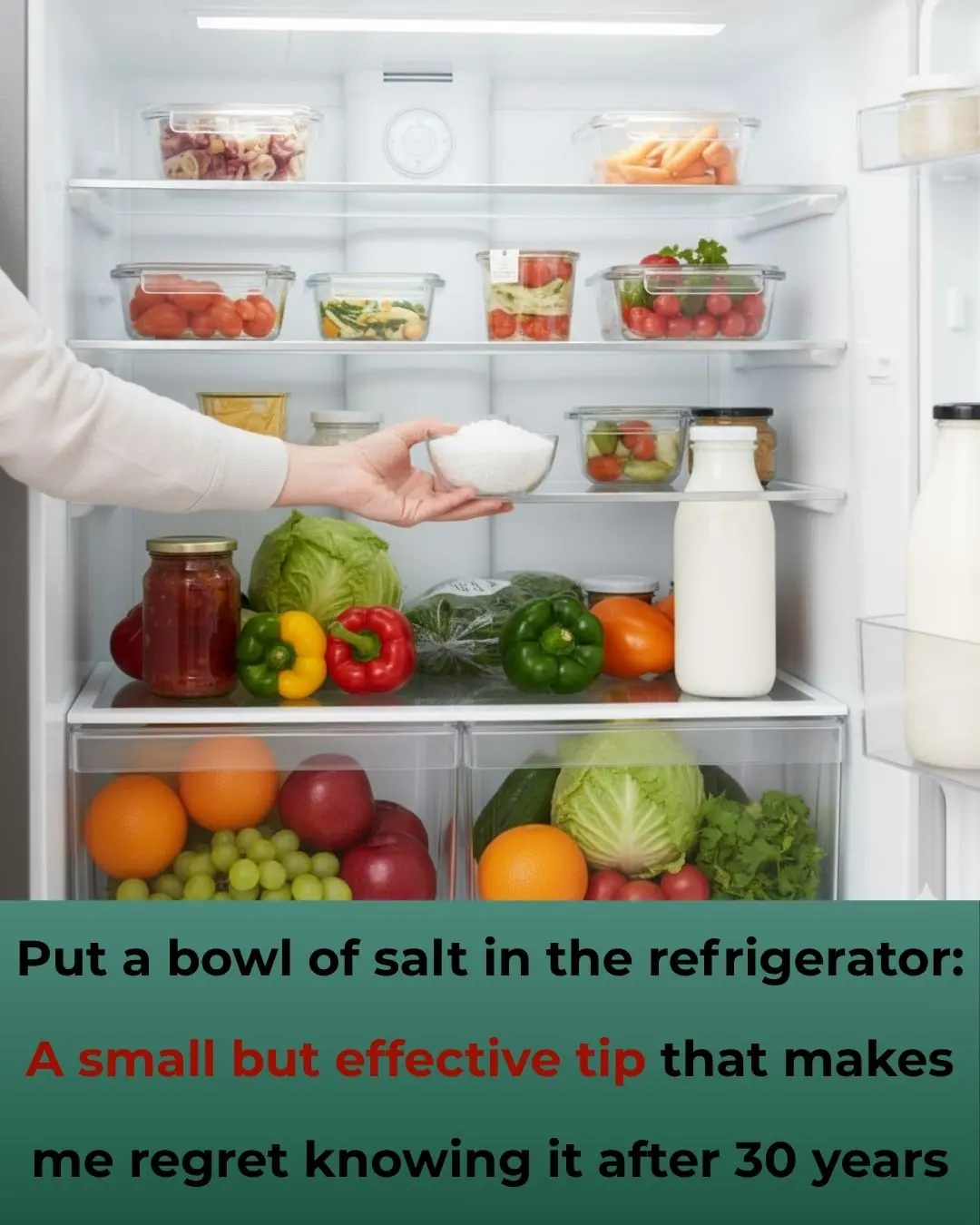
Put a bowl of salt in the refrigerator: A small but effective tip that makes me regret knowing it after 30 years

The Hidden Power of the Hole in Your Kitchen Knife — 7+ Surprising Uses You Probably Didn't Know
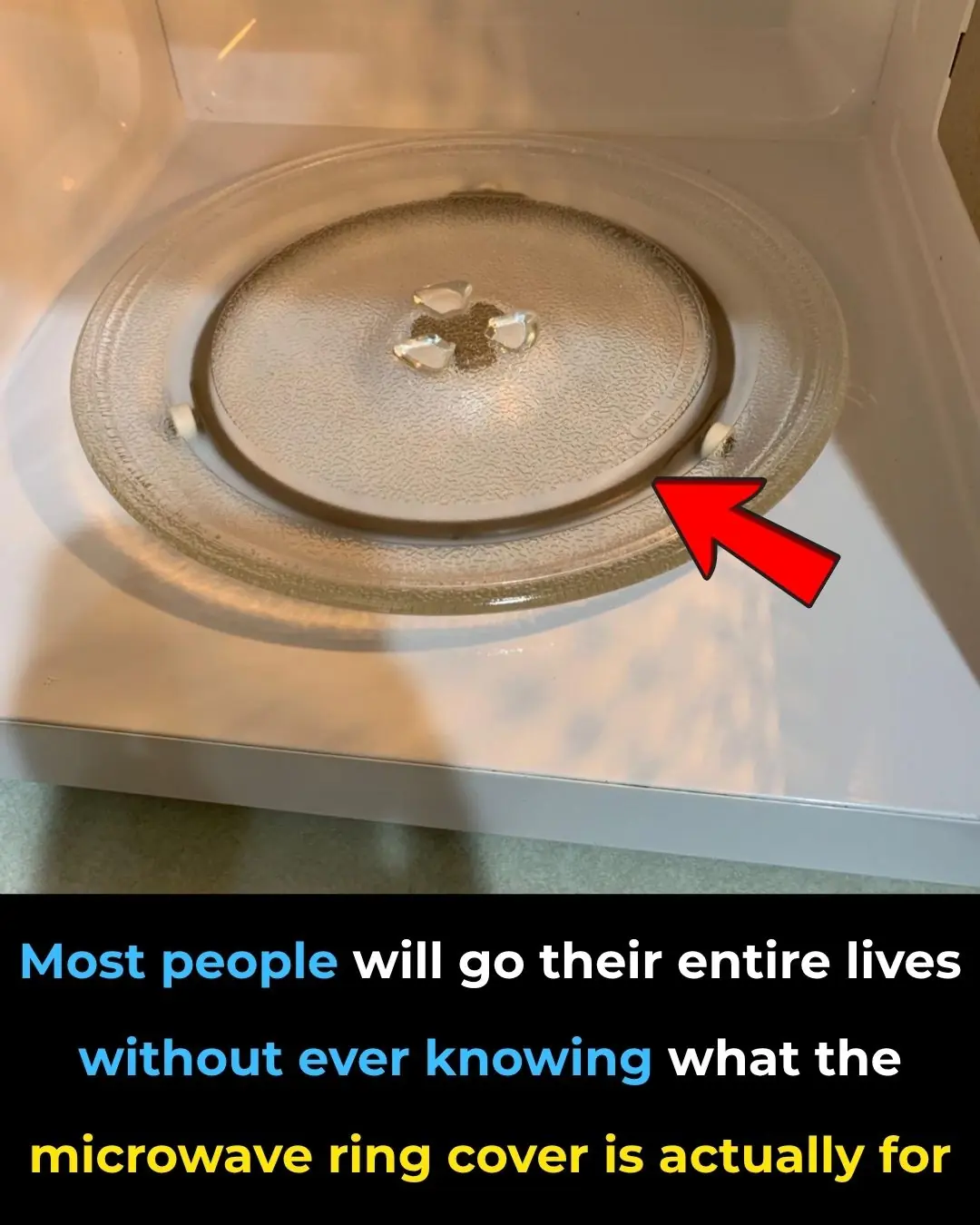
Most people will go their entire lives without ever knowing what the microwave ring cover is actually for

10 Morning Habits That Are Surprisingly Harmful to Your Health
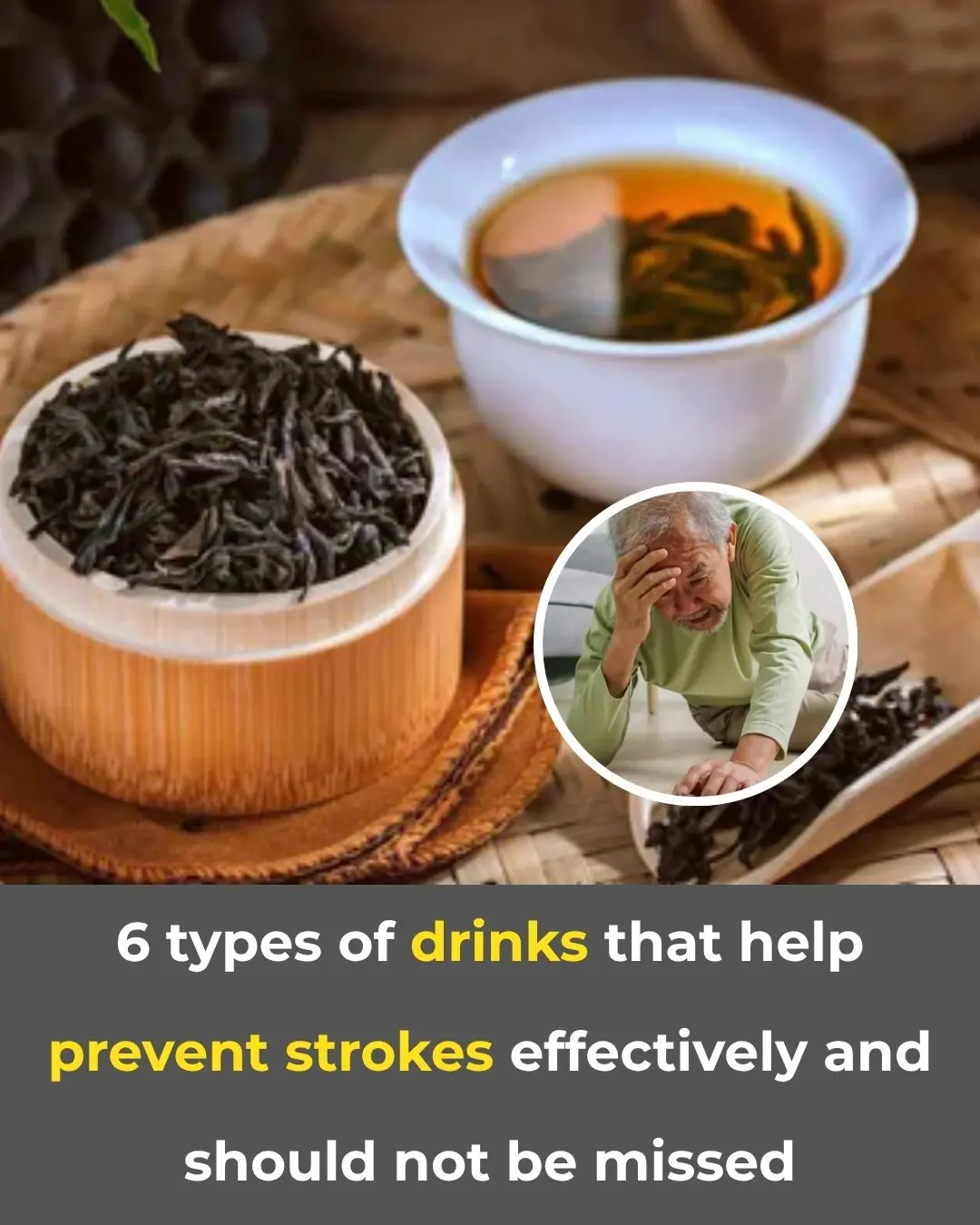
6 Effective Drinks to Help Prevent Stroke – Don’t Overlook These Choices

Keep your bathroom clean and fresh all year round by applying these 7 small habits.
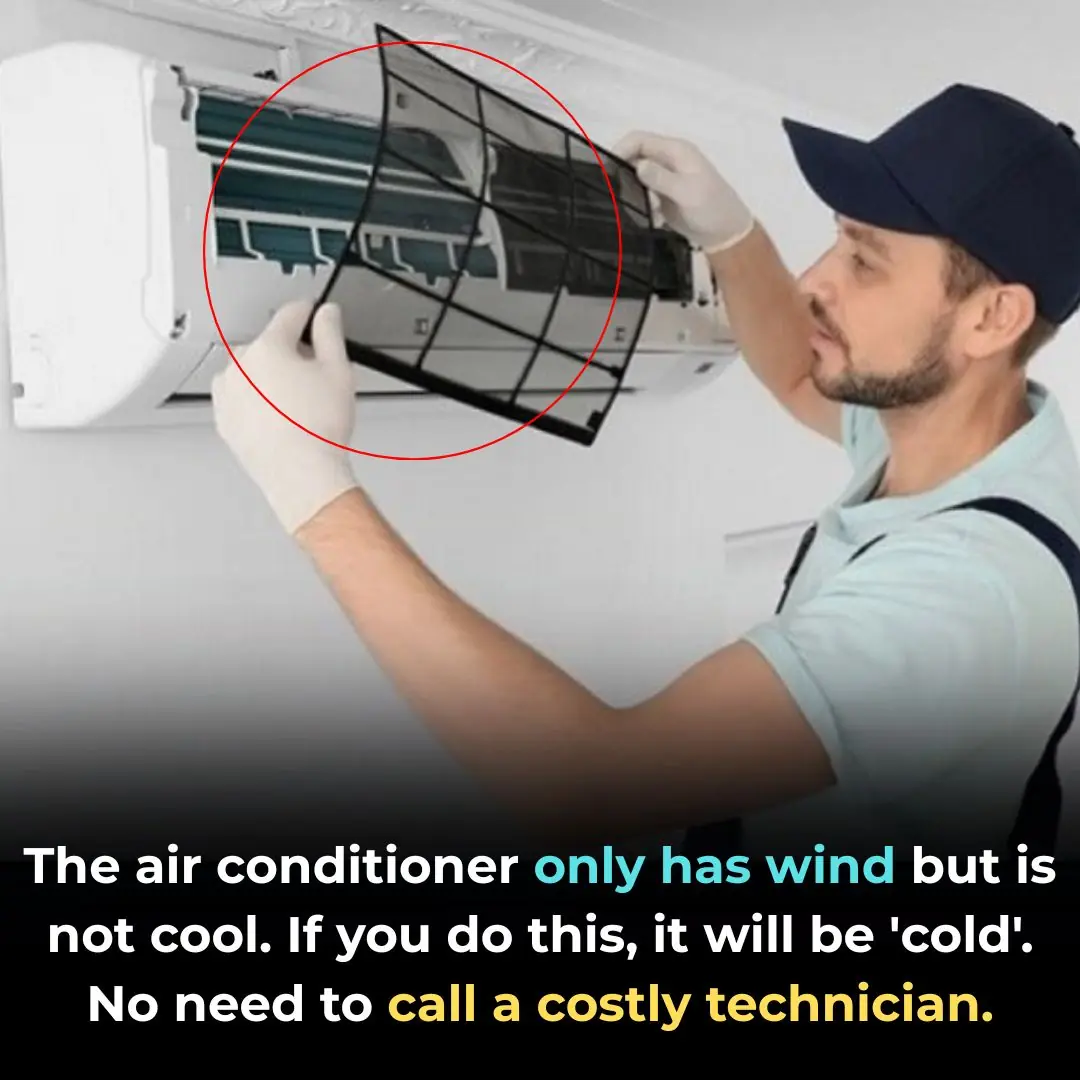
The air conditioner only has wind but is not cool. If you do this, it will be 'cold'. No need to call a costly technician.
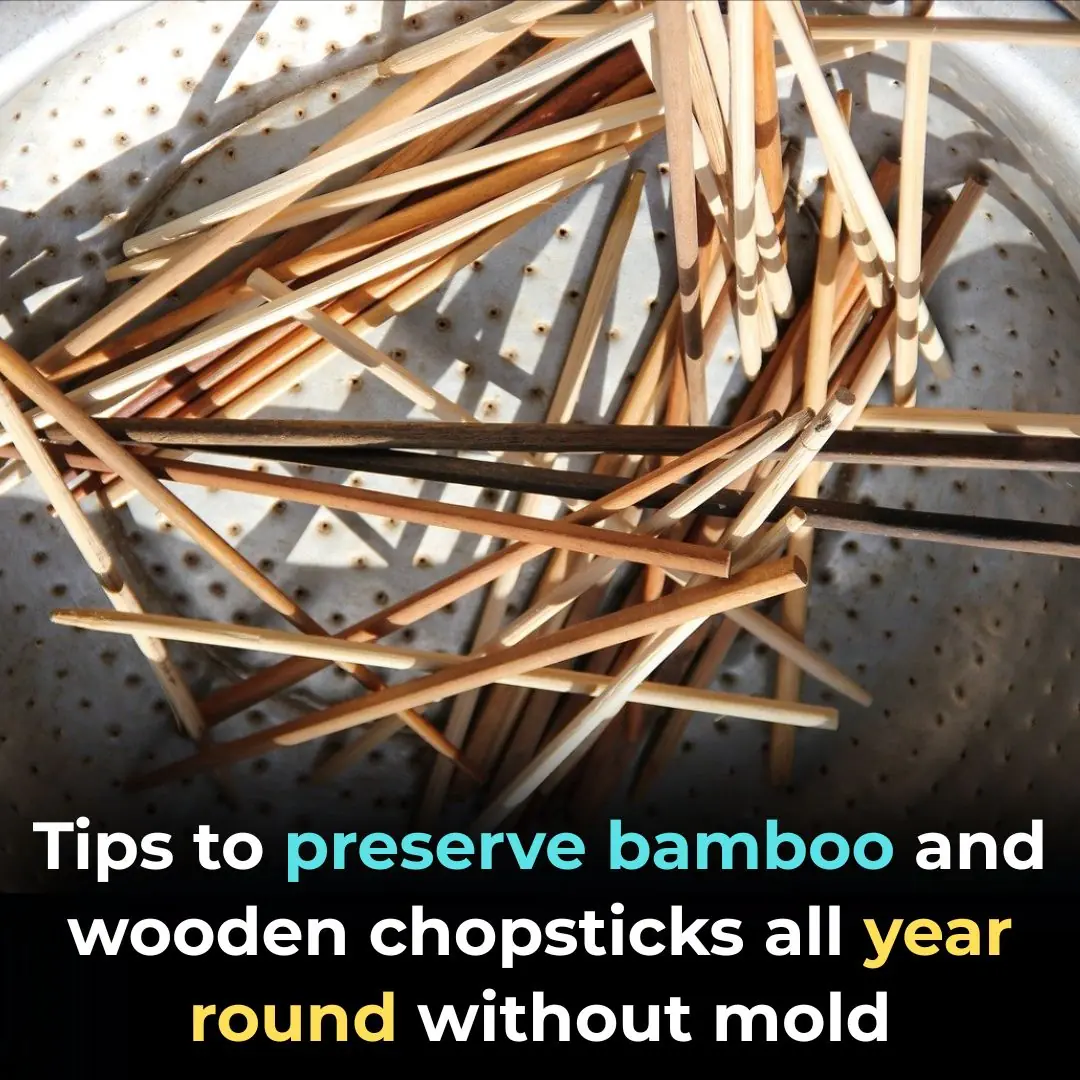
Tips to preserve bamboo and wooden chopsticks all year round without mold

No need for sprays or incense, use this water and mosquitoes will disappear completely.
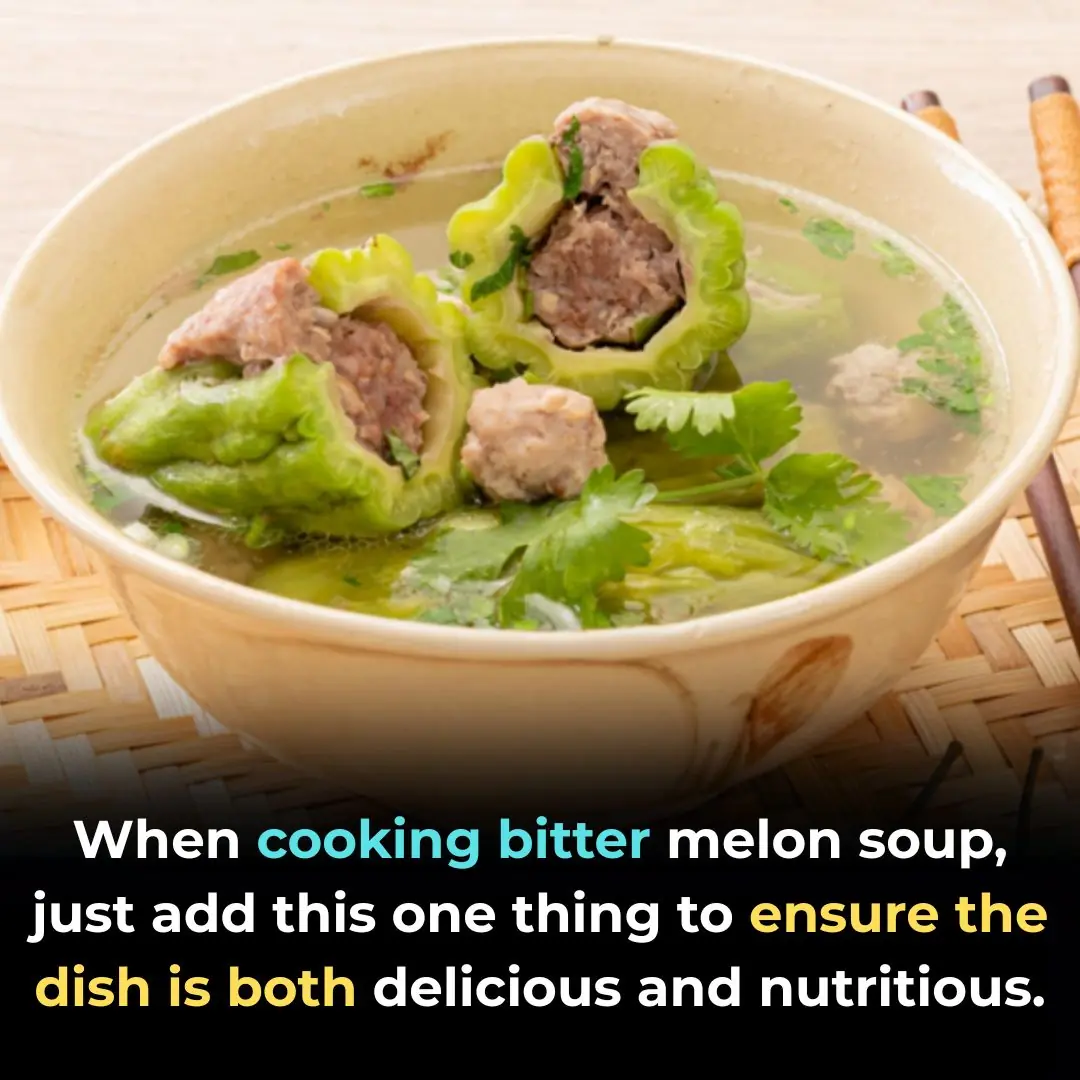
When cooking bitter melon soup, just add this one thing to ensure the dish is both delicious and nutritious.

Soak sea fish in this water, it is very effective in removing fishy smell.

Bought ginger and it withered not long ago. Follow these 3 methods to keep it fresh for half a year.

Place this bowl of water in the corner of the house: Mosquitoes will automatically stay away, and the whole house will be free of mosquitoes.
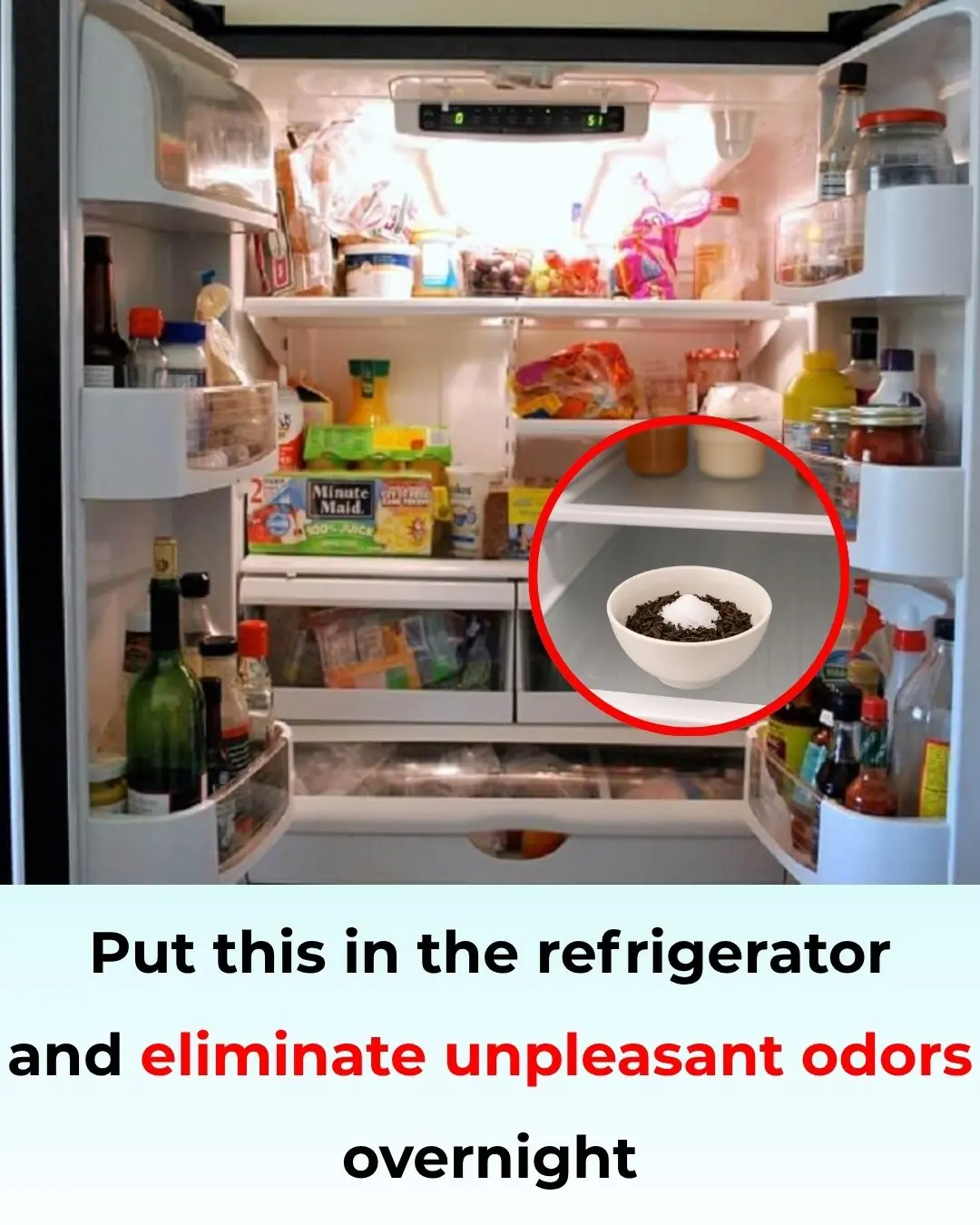
Put These Items in Your Refrigerator to Eliminate Unpleasant Odors After Just One Night

Putting a Few Coins in a Plastic Bottle and Placing It on the Window: The Whole Family Benefits ‘Like a Treasure’
News Post
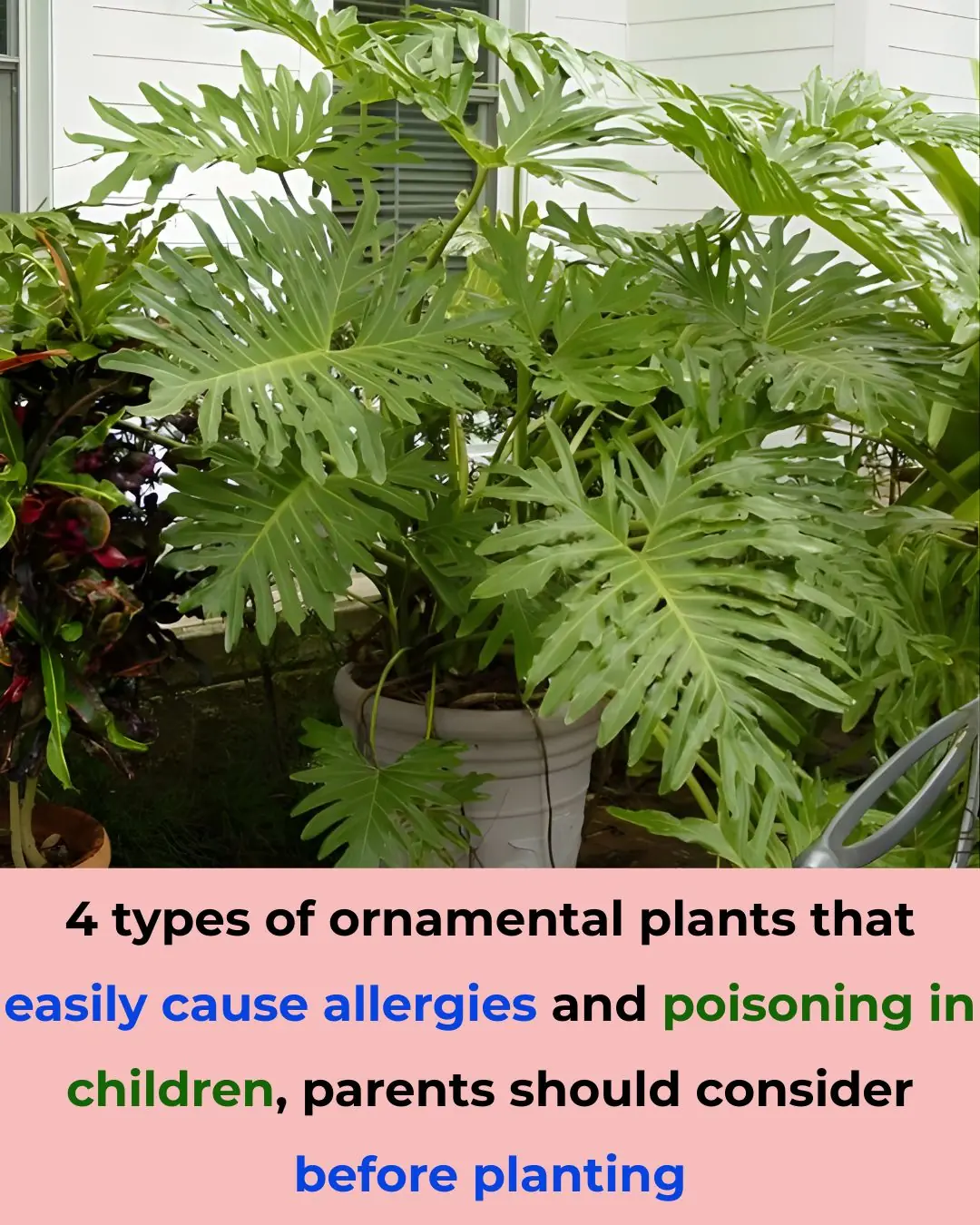
4 types of ornamental plants that easily cause allergies and poisoning in children, parents should consider before planting

Is beef that has iridescent colors like the 7 rainbow colors edible?

🚽 How to Remove Limescale Stains from Your Toilet Bowl — Naturally & Without Harsh Chemicals

7 ways to preserve onions and garlic so they don't mold, rot, or sprout all year long

Squeeze lemon juice into the rice cooker before cooking? Simple operation but surprising effects

Put a bowl of salt in the refrigerator: A small but effective tip that makes me regret knowing it after 30 years

Most Attractive Hobby a Man Can Have According to Women

The Hidden Power of the Hole in Your Kitchen Knife — 7+ Surprising Uses You Probably Didn't Know

Most people will go their entire lives without ever knowing what the microwave ring cover is actually for

10 Morning Habits That Are Surprisingly Harmful to Your Health

6 Effective Drinks to Help Prevent Stroke – Don’t Overlook These Choices

DENTISTS HATE HOW SIMPLE THIS TEETH WHITENING HACK IS

Juniper: A Comprehensive Guide to Its Benefits and Uses

Unveil Colgate’s Secret for Silky-Smooth Feet

Evergreen Huckleberry (Vaccinium ovatum) – Benefits, Uses, and Growing Guide

A 3-Year-Old Boy Got Super Glue in His Eye — His Mother’s “Golden 30 Seconds” Saved His Sight

Growing Concern Over Visceral Fat — Doctors Recommend 9 Foods to Help Burn It Naturally
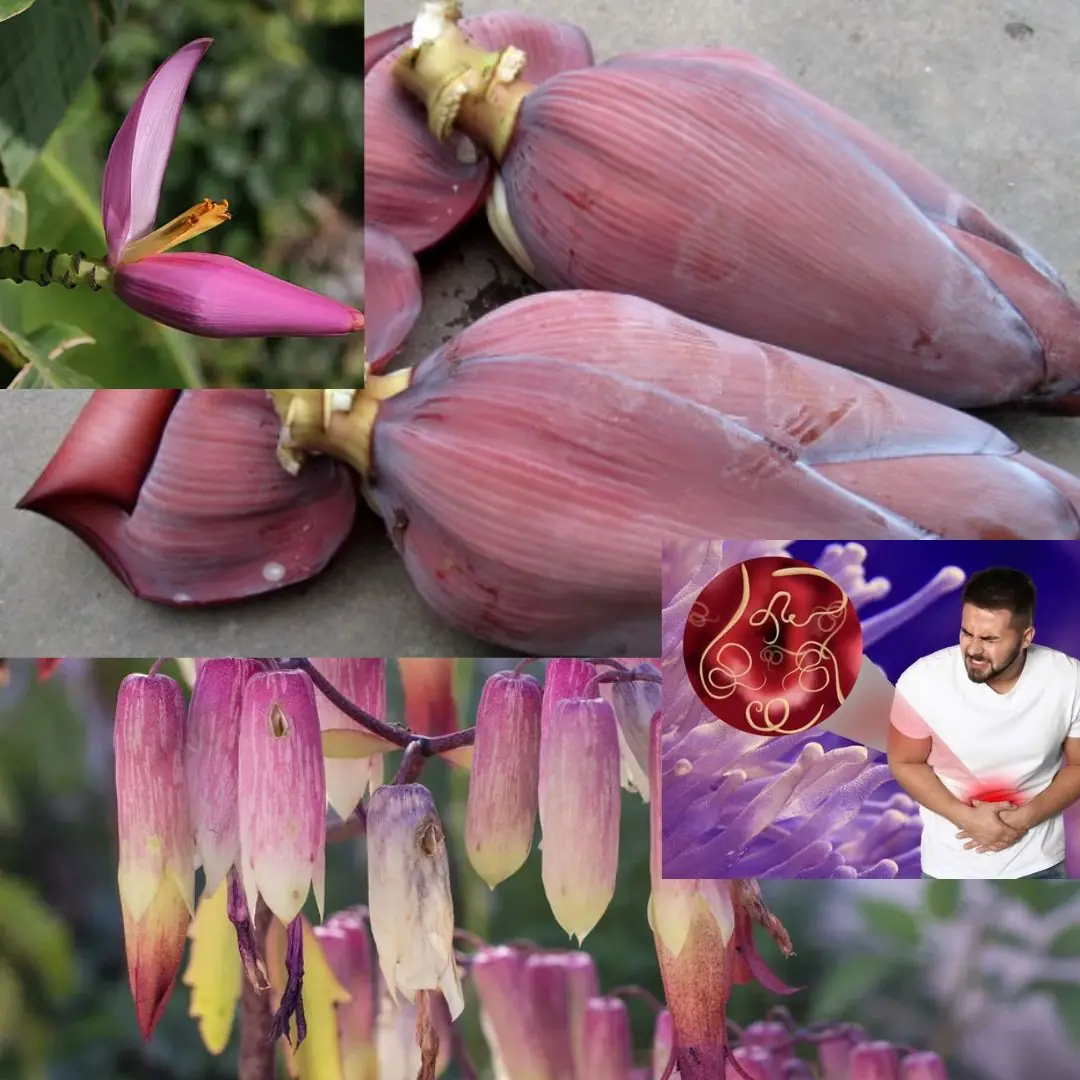
7 Amazing Health Benefits of Banana Blossoms

Bryophyllum Calycinum (Kalanchoe Pinnata): Benefits and Uses
